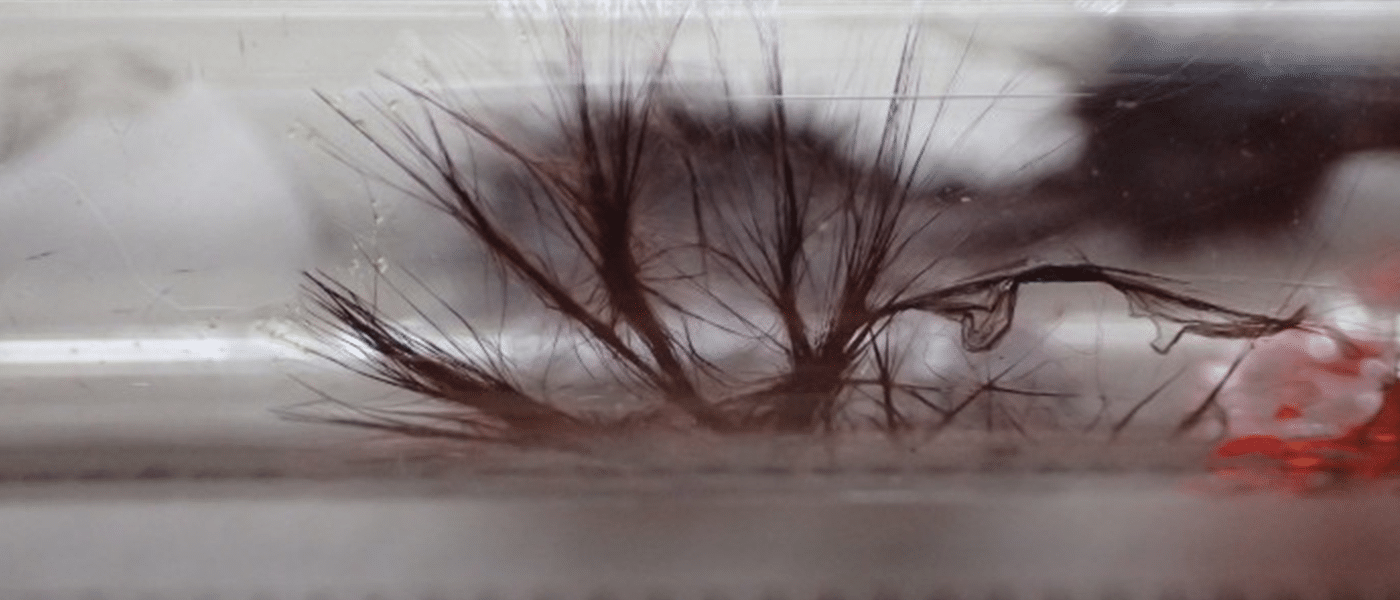Flexible yet robust
DNA provides the fundamental basis of most life on Earth. Its properties, some of which are still being discovered today, show just how flexible and finely-honed living creatures truly are. Everything from its structure to its composition has been sculpted by evolution into perfection.
That's why scientists have been scrambling to find DNA-like properties in inorganic molecules – and they may have just found something. Scientists led by Tom Nilges of the Technical University of Munich have found an inorganic compound that exhibits a double-helix structure, the iconic trait of DNA.
The team was studying SnIP, a completely inorganic substance composed of tin (Sn), iodine (I) and phosphorus (P). They found that the semiconducting material has a well-defined double-helix structure. Specifically, they found that the compound has a twisted tin iodide (SnI+) chain intertwined with a twisted phosphide (P–) chain.
Furthermore, they found that the SnIP double helix is held together by weak interactions stemming from lone pairs of electrons on tin and phosphorus, and that the bonds between SnIP helixes are stronger than that of DNA.
This gives it a robust structure. But unlike other inorganic compounds, the structure provides it flexibility. Centimeter-long fibers that can be arbitrarily bent without breaking, and can be made as thin as five double helix strands that are only a few nanometres thick.
Flexible electronics
So what are the practical uses for this compound? It actually has many qualities that make it perfect for electronics. For example, the compound is stable up to around 500°C (932°F). Furthermore, it can be suspended in solvents like toluene, meaning its properties can be lent to other materials.
Possible applications for the compound include flexible and bendable solar cells, photocatalysts, sensors and optoelectronic elements. Its chiral nature also means that researchers may find additional optical properties if special left or right variants are synthesized.
With the extraordinary flexibility, coupled with its photoluminescence properties, “we are optimistic that SnIP can be used in semiconductor-based applications such as optical devices, including flexible solar cells,” Nilges says.
Share This Article
